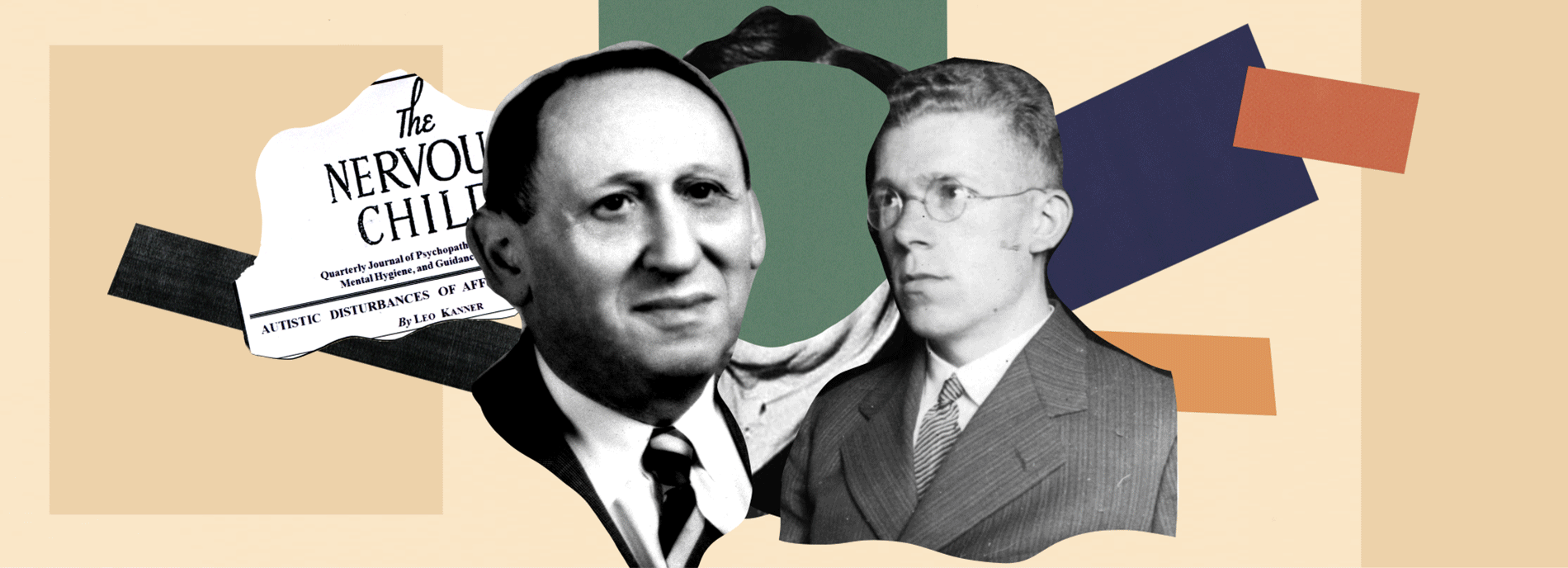
How history forgot the woman who defined autism
Grunya Sukhareva characterized autism nearly two decades before Austrian doctors Leo Kanner and Hans Asperger. So why did the latter get all the credit?
I
t was 1924 when the 12-year-old boy was brought to the Moscow clinic for an evaluation. By all accounts, he was different from his peers. Other people did not interest him much, and he preferred the company of adults to that of children his own age. He never played with toys: He had taught himself to read by age 5 and spent his days reading everything he could instead. Thin and slouching, the boy moved slowly and awkwardly. He also suffered from anxiety and frequent stomachaches.At the clinic, a gifted young doctor, Grunya Efimovna Sukhareva, saw the boy. Caring and attentive, she observed him with a keen eye, noting that he was “highly intelligent” and liked to engage in philosophical discussions. By way of a diagnosis, she described him as “an introverted type, with an autistic proclivity into himself.”
‘Autistic’ was a relatively new adjective in psychiatry at the time. About a decade earlier, Swiss psychiatrist Eugen Bleuler had coined the term to describe the social withdrawal and detachment from reality often seen in children with schizophrenia. Sukhareva’s characterization came nearly two decades before Austrian doctors Leo Kanner and Hans Asperger published what have long been considered to be the first clinical accounts of autism. At first, Sukhareva used ‘autistic’ in the same way Bleuler did — but as she started to see other children with this trait, she decided to try to characterize it more fully.
Over the course of the following year, she identified five more boys with what she described as “autistic tendencies.” All five also showed a preference for their own inner world, yet each had his own peculiarities or talents. One was an extraordinarily gifted violinist but struggled socially; another had an exceptional memory for numbers but could not recognize faces; yet another had imaginary friends who lived in the fireplace. None were popular with other children, she noted, and some saw peer interaction as useless: “They are too loud,” one boy said. “They hinder my thinking.”
In 1925, Sukhareva published a paper describing in detail the autistic features the six boys shared. Her descriptions, though simple enough for a nonspecialist to understand, were remarkably prescient.
“Basically, she described the criteria in the fifth edition of the Diagnostic and Statistical Manual of Mental Disorders (DSM-5),” says Irina Manouilenko, a psychiatrist who runs a clinic in Stockholm, Sweden. Manouilenko translated Sukhareva’s original descriptions from Russian to English in 2013 and then compared them with the diagnostic criteria described in the DSM-5. The similarities between the two left Manouilenko in awe. “When you start looking at it all systematically, it’s very impressive,” she says.
For example, what the DSM-5 describes as social deficits, Sukhareva wrote about as a “flattened affective life,” “lack of facial expressiveness and expressive movements” and “keeping apart from their peers.” What the diagnostic manual portrays as stereotyped or repetitive behaviors, restricted interests and sensory sensitivities, Sukhareva explained as “talking in stereotypic ways,” with “strong interests pursued exclusively” and sensitivities to specific noises or smells. In her analysis, Manouilenko was able to match each of the manual’s criteria to one or more of Sukhareva’s observations.
Historians are beginning to ponder why it took nearly a century for the DSM-5 — published in 2013 after years of debate — to arrive back at something so close to Sukhareva’s list. They have found that Sukhareva isn’t the only clinician whose research was overlooked or lost before autism was described in the DSM-III. As more archival material is digitized, it’s becoming clear that Kanner and Asperger may need to share credit for the ‘discovery’ of autism — and that the condition’s history could be as complex as its biology.
Soviet isolation:
D
espite her relative obscurity in the West, Sukhareva is “the most well-known name in child psychiatry” in Russia, says Alexander Goryunov, lead researcher in the child and adolescent psychiatry department at the Mental Health Research Center in Moscow. In 2011, on the 120th anniversary of Sukhareva’s birth, the Neurology and Psychiatry Journal, of which Goryunov is executive editor, reviewed her wide-ranging contributions to the field. Sukhareva published more than 150 papers, six monographs and several textbooks on topics as diverse as intellectual disability, schizophrenia and multiple personality disorder, among other conditions. She was also a gifted teacher and mentored scores of doctoral students.Goryunov describes Sukhareva as a “versatile specialist.” After graduating from medical school in Kiev in 1915, Sukhareva joined a team of epidemiologists that traveled to areas in the Ukraine affected by outbreaks of encephalitis and other infectious diseases. But when the Russian Revolution broke out two years later and medical professionals fled or died in battle, she joined Kiev’s psychiatric hospital. The country faced a huge shortage of doctors, and qualified medics such as Sukhareva often moved wherever they were needed most.
In 1921, Sukhareva relocated to the Psycho-Neurological and Pedagogical Sanatorium School of the Institute of Physical Training and Medical Pedology in Moscow. (‘Pedology’ was a Russian term for a combination of pedagogy, psychology and medicine.) The government opened the sanatorium to help the country’s many children who had been orphaned, displaced or traumatized by World War I, the revolution, the ensuing civil war or the deadly Spanish flu epidemic. As its long-winded name suggests, it was no ordinary clinic. It took a more scientific approach to understanding child development than most other clinics at the time. Children with serious problems lived at the sanatorium for two to three years, during which time they received social- and motor-skills training. They took classes in gymnastics, drawing and woodwork, played team games and went on group outings to zoos and other public places. At the end of the intensive program, many had made enough progress to be able to join regular schools or music conservatories.
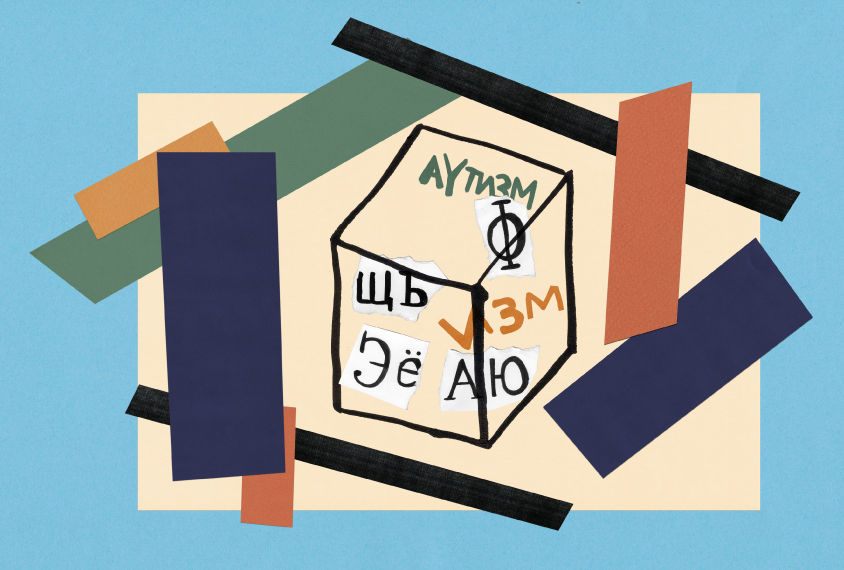
The socialist government covered all costs for this intensive intervention, viewing child-rearing as important for society’s well-being. And the clinicians could observe children in a myriad of contexts, gaining a nuanced picture of their strengths and weaknesses.
That setup may have helped Sukhareva to describe autistic traits as accurately as she did. Her assessments were extraordinarily detailed. They included the children’s physical health, noting hemoglobin counts, muscle tone, gastric health, skin conditions and more. She documented small changes in their behavior, such as a lack of smiles, excessive movements, a nasal voice or what sparked a tantrum — in one case, seeing a funeral procession go by. And she spoke with many family members — parents, grandparents, aunts and uncles — observing that some atypical behaviors ran in families. Her descriptions were so vivid, readers could recognize “each [child] in the street, or at least in a classroom,” Manouilenko says.
Another facility like the sanatorium, dubbed the Forest School, housed dozens of children on the outskirts of Moscow. Altogether, the staff evaluated about 1,000 children over a period of a few years. Throughout her life, Sukhareva launched similar schools all over the country. But her reach stopped at the borders, hindered in part by political and language barriers. Only a small fraction of Russian research from that time was translated into other languages besides German. And although her 1925 paper on autism traits appeared in German the following year, the transliteration of her name (spelled “Ssucharewa”) may have made it difficult for readers in other countries to locate the researcher or the research. That paper did not reach the English-speaking world until 1996, some 15 years after Sukhareva’s death, when British child psychiatrist Sula Wolff stumbled upon it.
There is another, darker reason why Sukhareva’s work may have been lost for so long, Manouilenko says. Given the limited number of psychiatry journals at the time, it is possible that Asperger, for whom Asperger syndrome was named, read Sukhareva’s paper in German and chose not to cite it. Earlier this year, historians Edith Sheffer and Herwig Czech independently reported that they had found evidence of Asperger’s cooperation with the Nazi Party, and that he may have sent dozens of disabled children to be euthanized. Sukhareva was Jewish, and Asperger may not have wanted to give her credit. Manouilenko offers a more benign possibility: Given Asperger’s position, he may not have been permitted or felt able to credit Sukhareva.
”“Keeping apart from their peers;” "Talking in stereotypic ways;” "Strong interests pursued exclusively.” — Grunya Sukhareva, describing autism in 1925
The Austrian connection:
A
story not unlike Sukhareva’s played out in Vienna at around the same time that she was making her observations about autism. Two young Jewish doctors, physician Georg Frankl and psychologist Anni Weiss, worked at a child psychiatry clinic similar to the sanatorium in Moscow. The head psychiatrist at the Vienna clinic, Erwin Lazar, believed that doctors should play with children to understand their behavior, and the facility had 21 beds to accommodate children with severe problems. By closely observing those children, Frankl and Weiss also described autistic traits in a way we would recognize today. And they did so at least a decade before Kanner and Asperger did.In the early to mid-1930s, Frankl and Weiss wrote a number of reports describing children who were socially withdrawn, spoke in atypical ways and showed a fondness for particular objects and routines. They described classic autism features: Frankl pointed out a “disconnect between facial expressions, body language and speech,” and Weiss zeroed in on “hidden intelligence, fixations and communication impairments,” according to John Elder Robison, a scholar in residence at the College of William and Mary in Williamsburg, Virginia. Unlike Sukhareva, neither one explicitly used the word ‘autistic’ in their writing, but it may have entered their conversations, says Robison, who is autistic.
When Lazar died in 1932, Frankl became senior psychiatrist at the clinic, and a 25-year-old pediatrician named Hans Asperger joined the clinic and likely trained under him. Soon after, Hitler came to power, and the new regime looked for opportunities to get rid of Jewish doctors. Weiss spoke English and, decamping to America, found a position as a child guidance associate at Columbia University in New York.
Once she had settled in, she tried to find a way for Frankl to join her — and sought help from Kanner, then a rising star at Johns Hopkins University in Baltimore. Kanner, an Austrian-Hungarian Jew, had lived in Berlin and understood the threat of the Nazi takeover. Altogether, he helped about 200 Jewish doctors, Frankl included, escape from Europe. Frankl married Weiss six days after he arrived in the United States in 1937.
After his arrival, Frankl worked with Kanner at Johns Hopkins. In 1943, they each published a paper in the journal Nervous Child, both focused on communication difficulties in young children — but, crucially, the two papers bore different titles. Frankl’s work was “Language and affective contact,” whereas Kanner’s was “Autistic disturbances of affective contact.” From that point on, the word ‘autism,’ so entered into American psychiatric vocabulary, became associated with Kanner’s name.
A few months later, Asperger started using the term autistic, publishing a paper with the title “Die ‘Autistischen Psychopathen’ im Kindesalter,” or “The ‘Autistic Psychopaths’ in Childhood,” in June 1944. At the time, both Kanner and Asperger maintained that their work was separate and distinct, but modern scholars have wondered whether one plagiarized from the other. Some, including Steve Silberman in his book “Neurotribes,” blamed Kanner, suggesting that he had lured Frankl away from the Vienna clinic, along with some of his ideas. John Donvan and Caren Zucker, co-authors of “In a Different Key,” as well as Robison, refute that notion in their own writings. But Robison points out that both men interacted with Frankl and Weiss, who remained uncredited.
Correcting the record:
I
n 1941, Frankl left Johns Hopkins and took a job as director of the Buffalo Guidance Center in upstate New York. He and Weiss moved on with their lives, shifting their interests away from academic work and the subject they had covered so promisingly in their youth.If political circumstances had been different, Frankl and Weiss might have made other important discoveries about autism. If nothing else, their journey helped transfer seeds of knowledge from Vienna — and possibly Russia — across the ocean, where they found fertile soil.
Working in different political, cultural and research settings might have influenced how each of these researchers perceived autism. Asperger, who focused on people at the mild end of the spectrum, saw it as a largely behavioral problem, which could be caused by a child’s environment and ‘corrected’ through therapy. By contrast, Sukhareva, Frankl and, subsequently, Kanner viewed it as a neurobiological condition people are born with.
Ultimately, it took a spectrum of these researchers to define autism’s full spectrum.
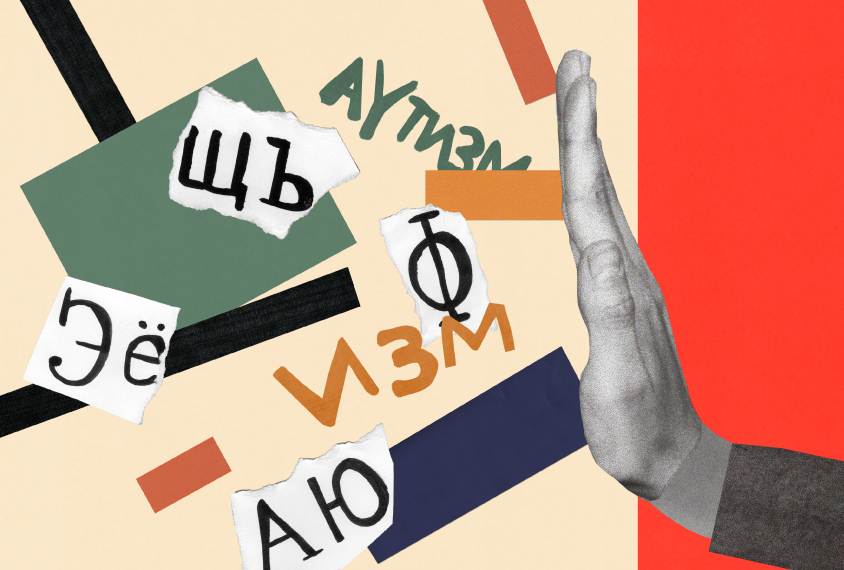
Sukhareva was ahead of her time in many ways. She started to disentangle autism from childhood schizophrenia during the 1950s, nearly 30 years before they were listed as separate conditions in the DSM-III. Half a century before brain scans started to implicate specific regions in the condition, she postulated that the cerebellum, basal ganglia and frontal lobes might be involved. According to Manouilenko, whose own work involves brain imaging, that’s exactly what research is revealing now.
Because Sukhareva saw autism as rooted in brain development, she never subscribed to the widespread belief that took hold in the 1940s that autism might be caused by ‘refrigerator mothers’ tending to their children in a cold and unemotional way. She never had children of her own but may have had a more intuitive take on mother-child relationships than some male clinicians.
In the original Russian, her writing is official in tone but always warm, and it shows how much she cared for the clinic’s children — in some cases, describing them as she might have her own family members. Her notes often describe with almost maternal pride how a child had become physically stronger, less moody, more social or less anxious under her care. And she always made mention of a child’s skills — some were “gifted musically,” “talented in science and technology” or wrote “insightful poetry” — alongside their behavioral challenges.
Like any parent, Sukhareva wrote that her goal was to help the children “stay connected with real life, its tempo and movement.” Given her sensitivity and intuition as a clinician, it’s unfortunate that the research community in the West was not connected with her ideas during her life. “It’s impressive how she managed to achieve all of this,” Manouilenko says. “She didn’t have her own family, so she gave her entire life to studying science and teaching.”
Corrections
A previous version of this article erroneously described the transliteration of Sukhareva to Ssucharewa in German as a “butchered” spelling.
Syndication
This article was republished in Scientific American.
Recommended reading
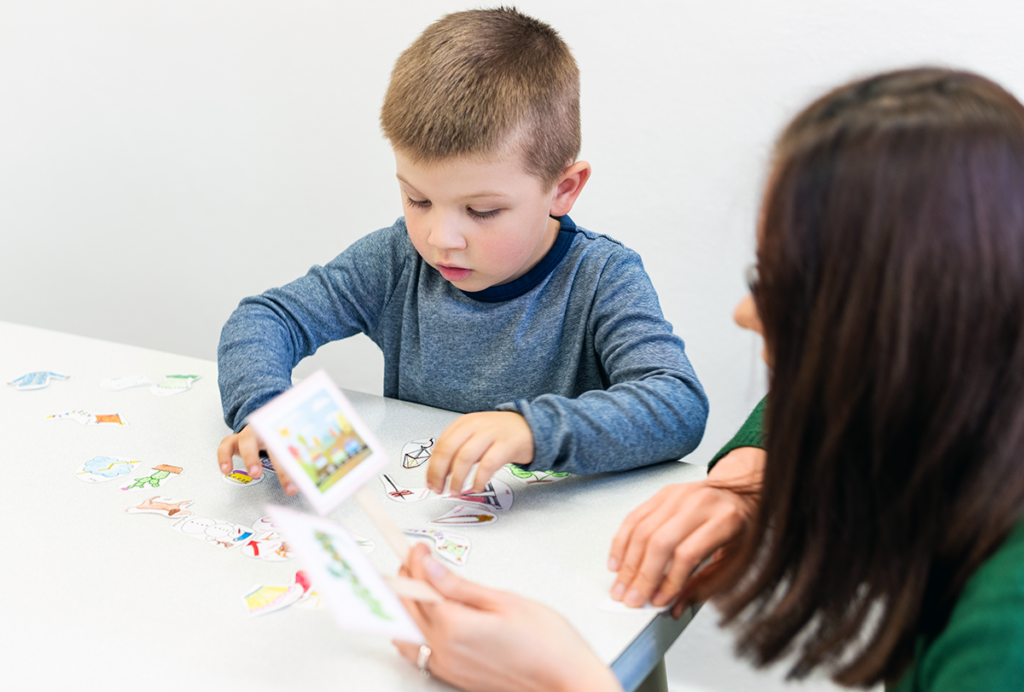
Genetic profiles separate early, late autism diagnoses
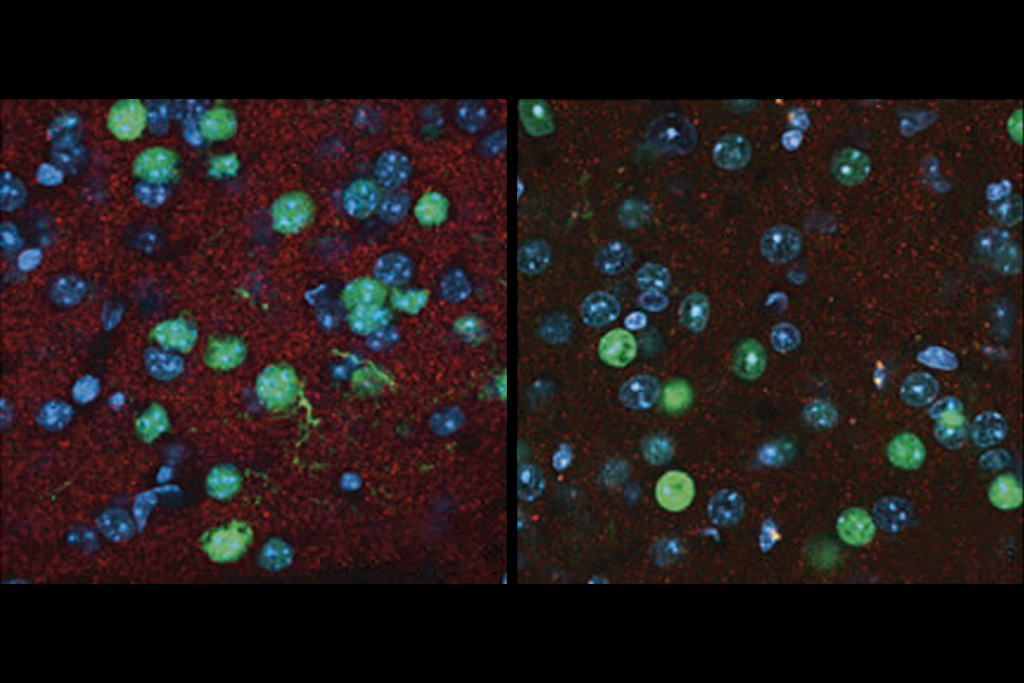
SHANK3 deficiency and behavior in mice; and more

Autism scientists push back on CDC’s inaccurate vaccine claims
Explore more from The Transmitter

Beyond the algorithmic oracle: Rethinking machine learning in behavioral neuroscience
